
Phinda Private Game Reserve: Lions
Every safari is different and what animals you see can be influenced by the time of year, weather conditions, sheer luck, and the incredible skill of the ranger and tracker. This latest trip to Phinda Private Game Reserve was replete with incredible predator sightings, but due to the strong winds many of the other animals were rather skittish. Animals rely on their sense of hearing and smell to detect danger, but the high winds hampered these two senses and most of animals were not very relaxed. Lions were the exception and consequently we were treated to amazing lion interactions.
While it is relatively common to find lions on safari, more often than not you find them sleeping in a pile. One might get up and move into the shade or sleepily roll over, but often they just crack an eye open when the vehicle starts or stops. The number of lion photos I have of inactive lions sleeping has convinced me that inactive groups of lions should be called a pile of lions and only active lions should be called a pride. Lions are incredibly social animals and they cement their bonds by nuzzling, playing, and caring for one another. Of all of the cats these are the only ones that live in social groups, or prides, with several related females and their cubs. The pride is protected by a dominate male or a coalition – a group of related males. Despite the fact that if you go on safari, you are likely to see lions more than any of the big cats, lions are under threat due to habitat loss and poaching. In the 1980s an estimated 100,000 lions roamed throughout Africa and in a mere 35 years the numbers have been reduced to 20,000.
On our last morning, we set out looking for the pride. Often your ranger and tracker will ask the guests what they would like to see or they make a plan to see an animal that is in the area. Knowing that you are looking for a particular animal is a clever way of engaging guests and creates a sense of suspense and reward if and when the animal is found. Another vehicle happened upon the lions first, much to the chagrin of our highly competitive ranger/tracker team. We followed the lions off road through the bush and at one point it seemed as if the lionesses might be hunting. The cubs would hang behind the lionesses until they moved quite a distance away before the cubs would get up and follow. These are the moments I love – when you experience a behavior that you have never seen before. After nearly 20 minutes, it became apparent that they were moving towards the water hole and we moved ahead of them to position the vehicle so as to have a good view when they arrived to drink. Not only did they stop to drink, but the cubs played in a tree and the pride met up with the dominate male and the large female (who is actually larger than the male lion). Reportedly she is the largest female on record in South Africa.
While lions were the highlight, as this is Phinda, the cheetah sightings were phenomenal too. Phinda is one of the best places in South Africa to visit if you want to see cheetahs. Most of the young cubs were in south of the reserve and we made our way to see a mum and her five cubs. We drove through seemingly gale force winds that literally left my exposed skin three shades darker than normal from ground in dirt, but the reward of finding them was amazing. Mum was on high alert since the winds made her cubs vulnerable to predators – namely lions and leopards. Raising cheetah cubs into adulthood is extremely difficult and an estimated 90% don’t make it past three months.
We also were lucky enough to see a coalition of three males hunting a male nyala. We missed the actual kill, but witnessed the before and after which was quite gruesome since the cheetah didn’t suffocate the nyala as they would normally. One of the cheetahs held on to its leg for nearly 30 minutes, likely to stay out of the way of the nyala’s large and dangerous horns while the animal died.
A highlight of every single one of my Phinda visits, is walking and we got off the vehicle twice, once to spot one of the star birds at Phinda, the African Broadbill, a bird that is difficult to see from the vehicle. Our tracker had heard the bird calling in camp so we traipsed into the forest to find this tiny bird with a big call. There is something incredibly special about setting out to find something and then actually spotting it, even if it is a small brown bird. We also did a longer walk and despite the numbers of times that I have been in the sand forest, I had never seen a suni antelope. This is one of the animals I was hoping to glimpse and I was delighted to come across this tiny antelope which weighs was between 10-12 lbs.
We stayed at Forest Lodge which is located in the protected sand forest, a unique and extremely slow growing ecosystem. This is one of my favorite lodges on the reserve and when I have friends visiting from the United States this is where we go since game viewing, guiding, and service are fantastic. The rooms are lined with glass windows offering fantastic views of nyala ambling by and the forest canopy. The area is wired with electric fencing to protect this delicate ecosystem from elephants whose feeding habits can be rather destructive to trees.
As always there were a number of special touches, including an evening drive where champagne glasses were tied to a tree along with an ice bucket and lovely bottle of South African sparkling wine. What better way to end three days in the bush!
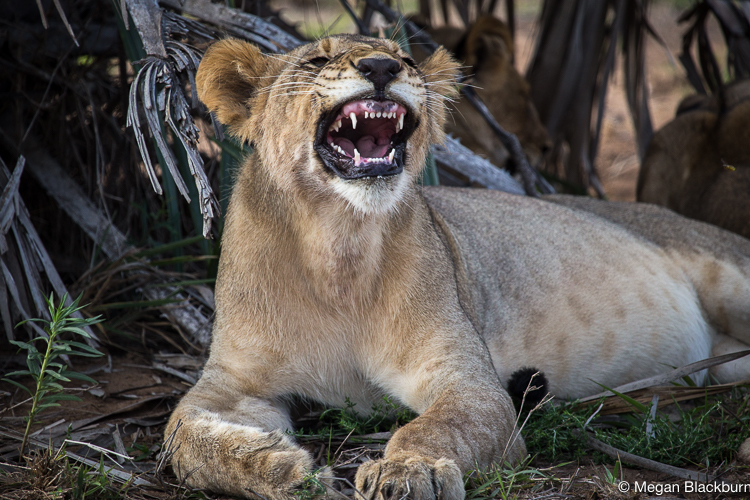
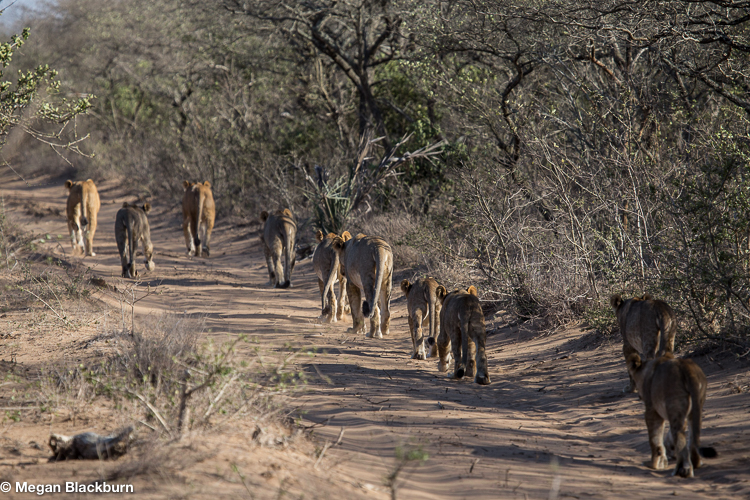
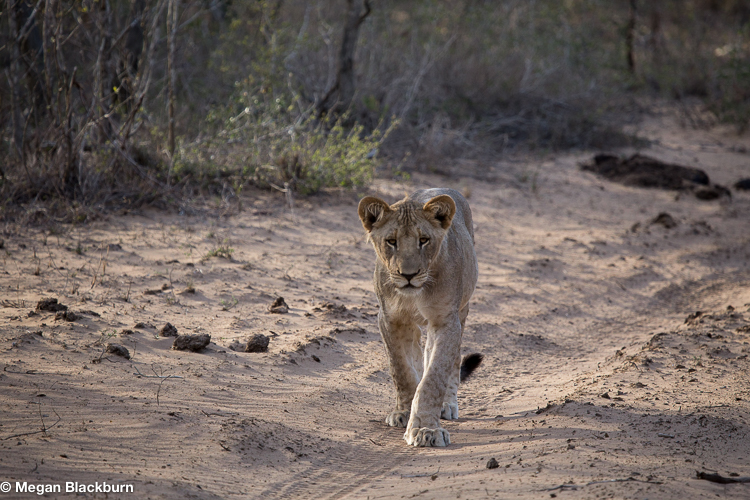
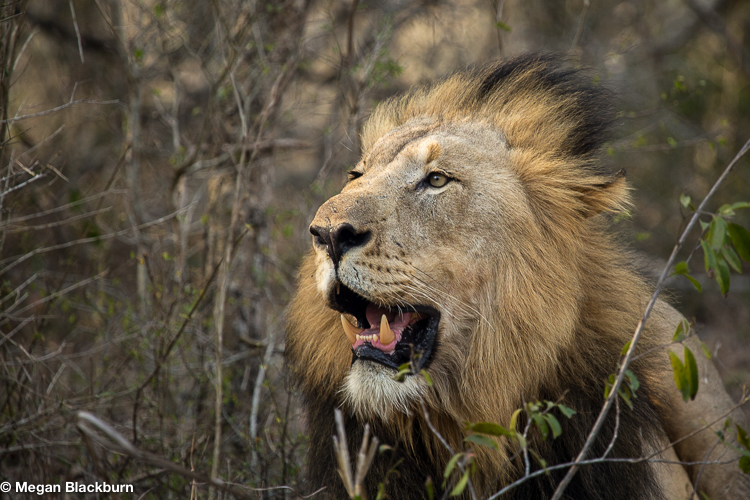
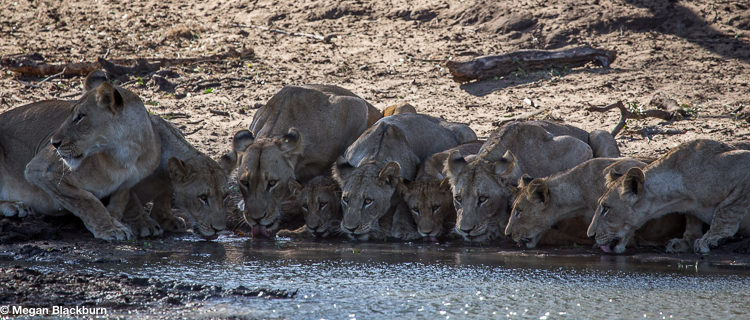
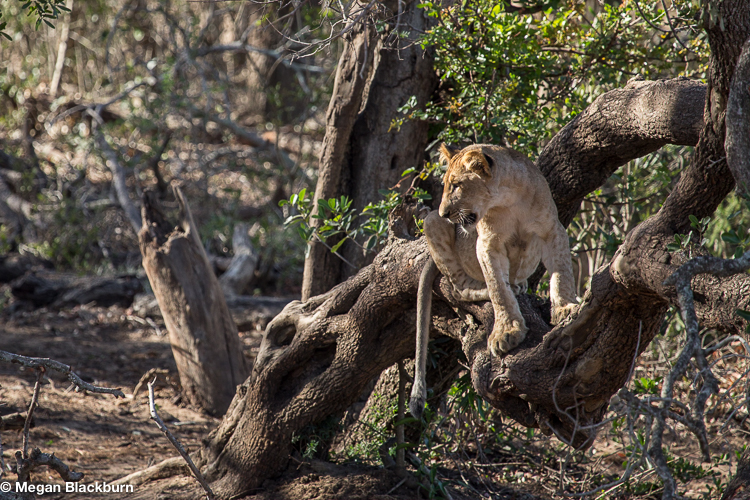
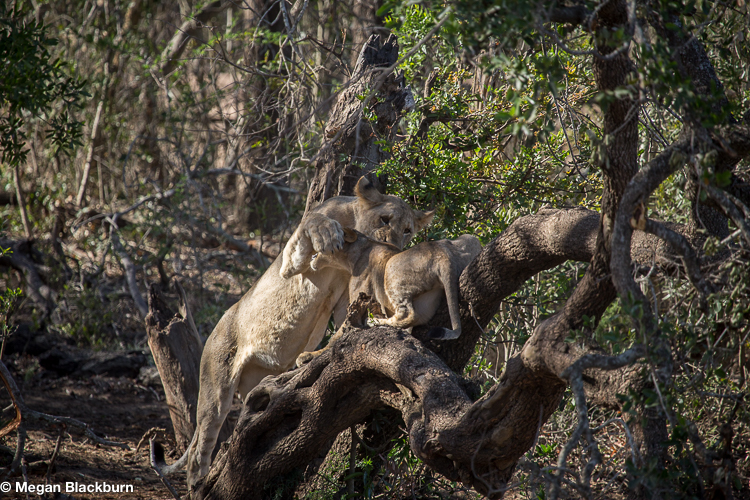
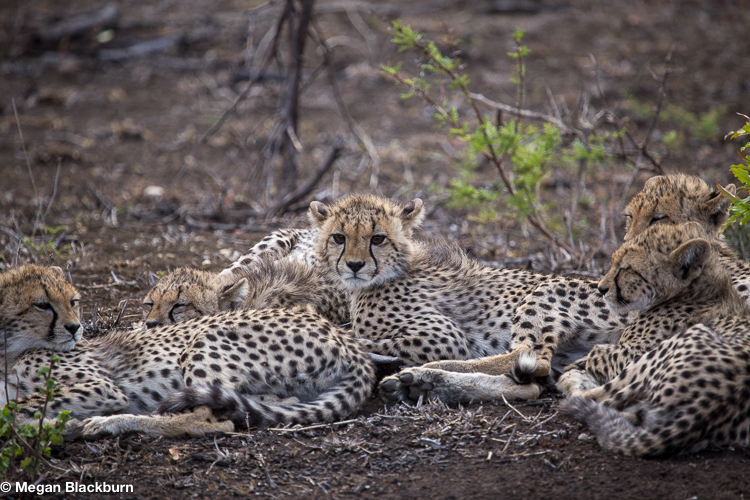
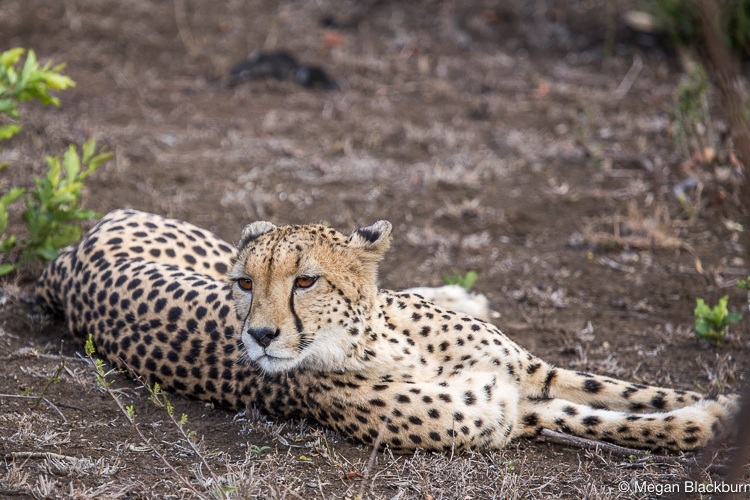
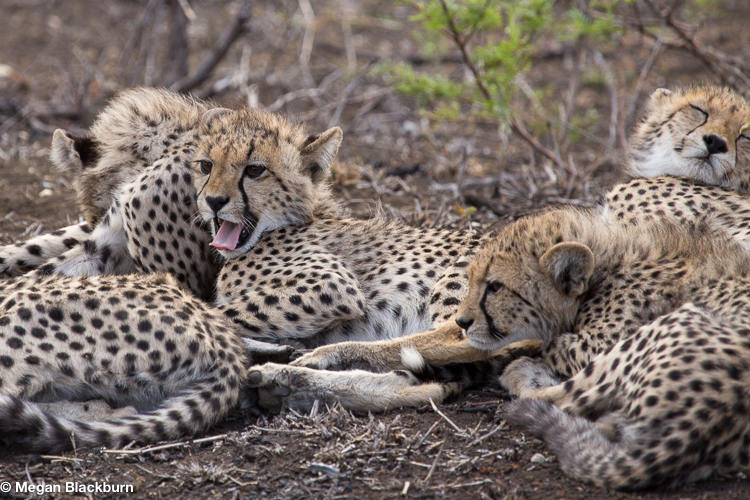
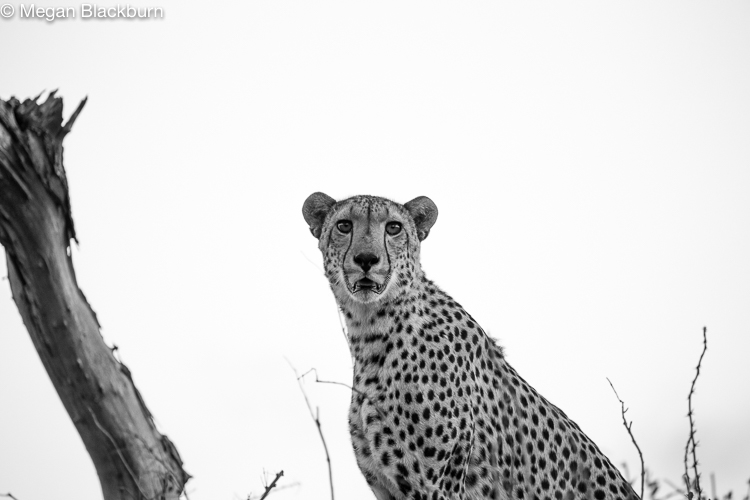
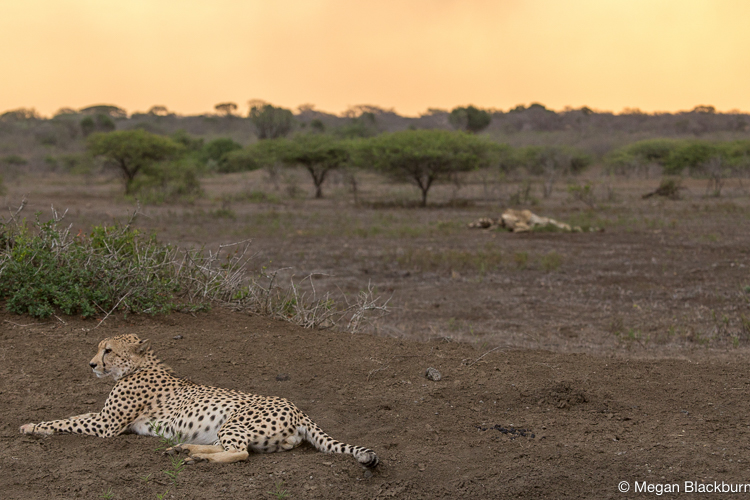
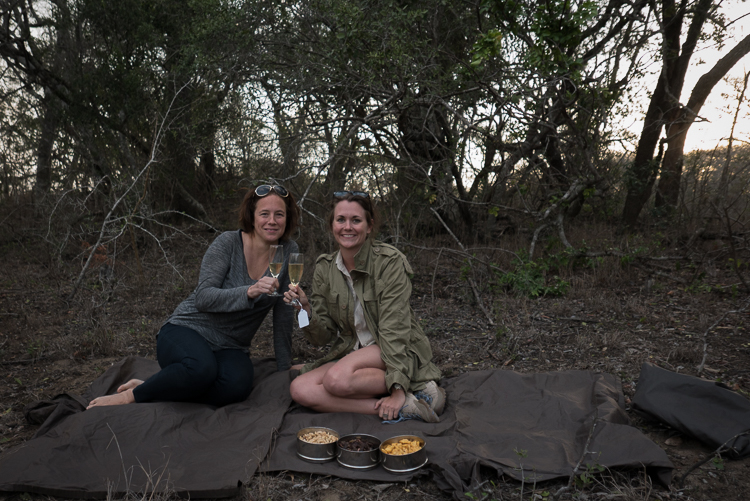



I cannot wait to visit.
Randy
Dad, It is so incredibly dry. I am hoping they get some rains soon.